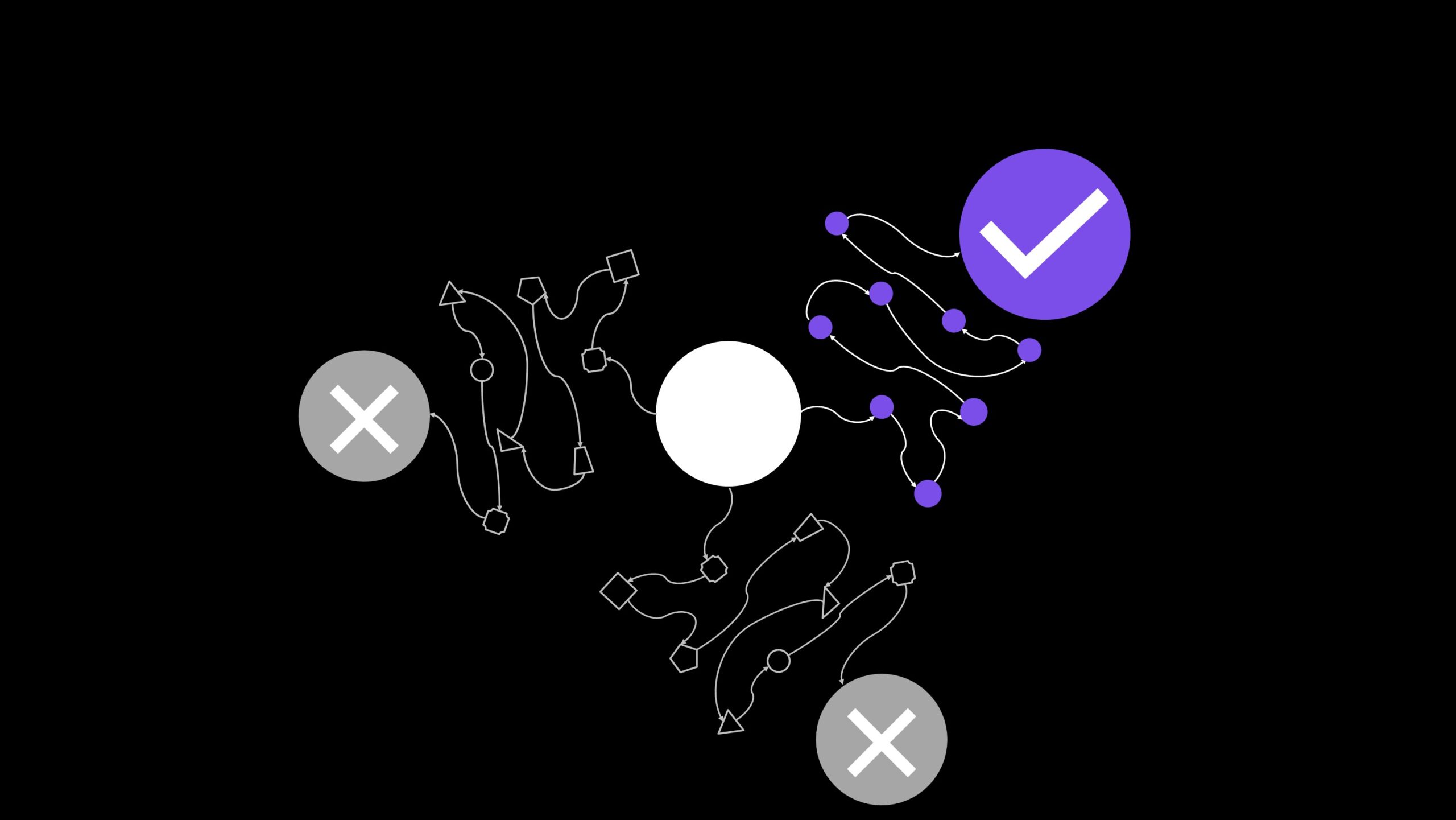Article last updated on September 20, 2022
Do you struggle with how to decide what content to create? Do you have a problem with coming up with new content ideas? Are you constantly looking for inspiration?
It’s not enough to just write articles. You also need to make sure that your readers find value in each piece of content you create. In order to do that, you need to understand how your audience thinks.
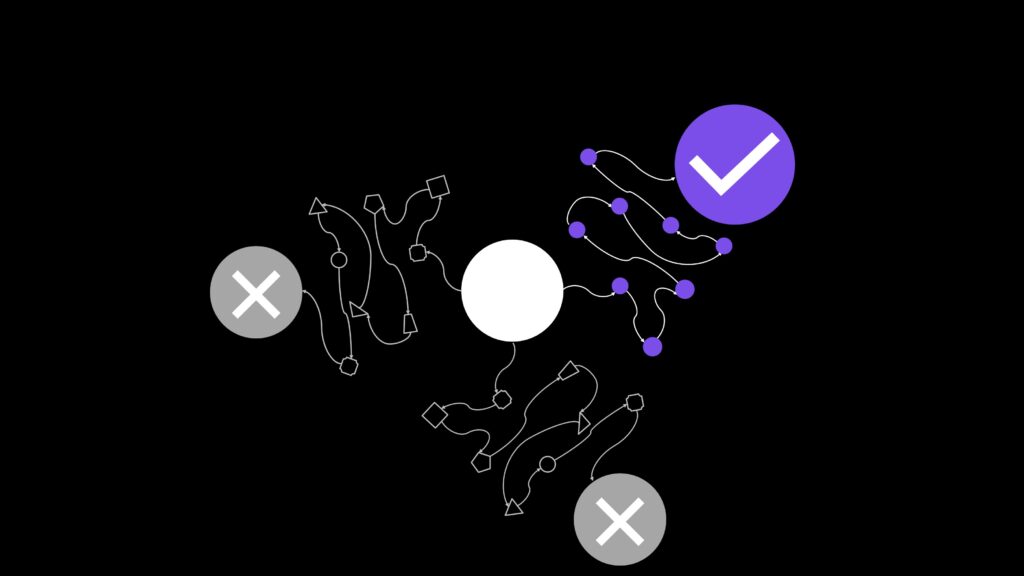
You need to figure out what type of content works best for your niche and what types of topics will help you connect with your ideal customers.
Once you’ve done that, you’ll be able to create great content that helps you build relationships with your target audience.
In this article, I’ll teach you exactly how to decide what kind of content to create. I’ll share my top tips for finding inspiration and help you get started creating awesome content.
Understand the Goals of Your Audience
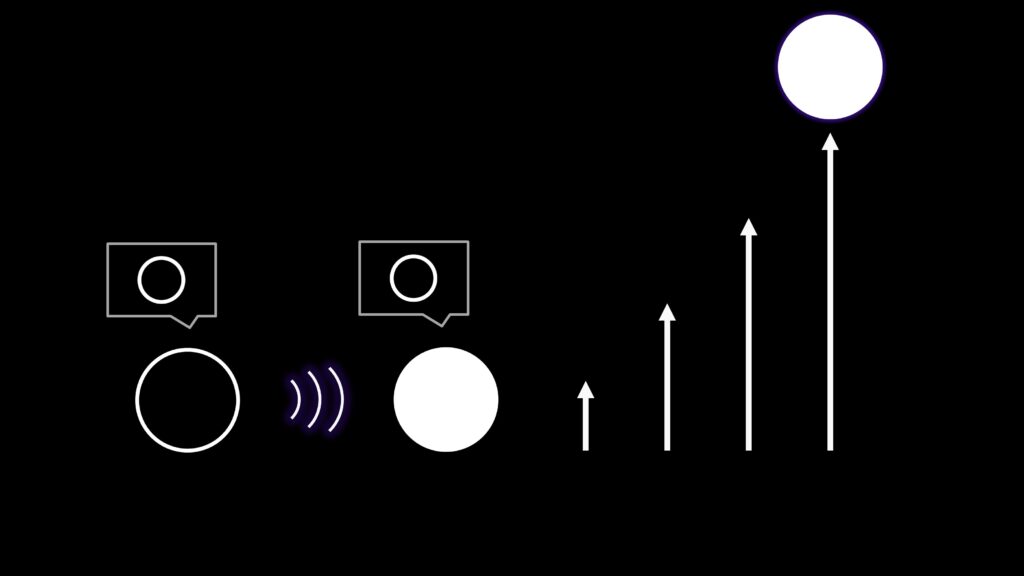
Your audience has different goals than you do. They may wish to learn something new or entertain themselves. Knowing what type of content your audience wants will make it easier to create articles that meet their needs.
What do they want to learn?
If your audience is interested in learning more about a certain topic, they’re probably going to want to read an article that teaches them something new.
If they already know everything there is to know about the subject, they might enjoy reading an entertaining post instead.
You don’t want to assume that everyone wants to learn something new.
If you want to know exactly what they would like to learn, then you must know their wants.
What are their wants?
There is a difference between knowing what people want and understanding why they want it.
Knowing what people want means that you can provide them with information that meets those needs.
Understanding why they want it means that you can give them reasons as to why they should care about the information you are providing.
For example, let’s say your audience consists of people who love cooking. If you were one of those people, you’d likely want to read posts about recipes and food. But even if you weren’t, you’d have other desires. Maybe you wanted to learn how to cook better so you could impress your friends.
Once you know what your audience wants and what your goals are, it becomes much easier to come up with content ideas and decide what content to create.
See If Customers Are Looking For Something New

The easiest way to see if your customers are looking for something new is to simply use the YouTube trending feature or Google Trends.
Both of these tools allow you to search for keywords related to your business. This makes it easy to see which terms are popular right now.
The main point here is to not miss the format or style that your customers would like to consume it in. For example, if you are writing articles about cooking but your customers want to watch 15-second TikTok, you are losing potential traffic by ignoring trends.
Following trends is important because it allows you to find the most popular formats and styles that your audience likes.
Find Inspiration From Other People’s Work

There’s nothing wrong with being inspired by others’ work. In fact, it’s a good idea to look at what other content creators are doing.
This gives you a chance to see what kinds of things work well for them and what doesn’t. It also lets you see what kinds of content they are producing on a regular basis.
Make sure that you create original content, but being inspired by others will give you a head start when creating your own content.
The great thing about being inspired by others’ work is that you can create different types of content or content styles.
For example, if you see someone else making videos about the best places to eat in New York, you can create a blog post about the same topic. Just keep in mind that the most important thing is to create the type of content that your audience will actually consume.
There’s no point in writing blog posts if your audience wants only video content.
Think About Your Experience and Expertise

If you know a lot about what you’re talking about, you’ll be able to explain it better than anyone else.
Think about your experience and expertise in your industry. There are so many so-called professionals out there that don’t really understand their subject matter.
You may suffer from imposter syndrome, where you feel like you don’t deserve to be where you are because you don’t have any real qualifications. And this problem leads to self-sabotaging yourself to not show your true value.
Creating content can be such a rewarding thing, especially when you are an expert in your field. You should never underestimate the power of sharing your knowledge with others.
As an expert, you can see content gaps, so you can easily break through the noise and help people who are struggling to get through all the information overload.
Double Down On What Makes You Unique

When it comes to content marketing, uniqueness is key.
People love people who create authentic, unique content. They love content that isn’t just regurgitated information.
Combining your expertise with your uniqueness is one of the best ways to stand out from the crowd and create compelling content.
For example, if you are a professional chef and yet you love to play video games, then you can combine these two passions into something unique.
You can create food that is inspired by video games.
The point is to never shy away from personal fascinations. Those are the actual reasons why your content can be engaging and highly valuable.
Remember, people are drawn to authenticity. If you are a person who loves cooking and playing video games, then make sure that you share that passion with your audience.
Choose One Content Format
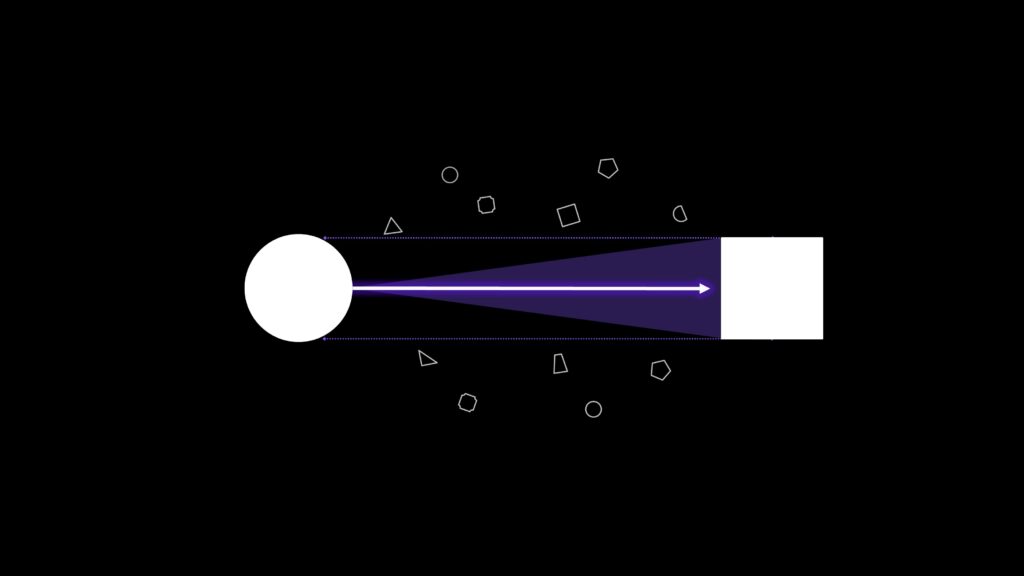
It’s easy to get overwhelmed by the sheer volume of content formats available today.
But you shouldn’t let this overwhelm you.
Pick one format that your audience wants, i.e., wants to consume content in a particular way, and the format that is easiest for you to produce.
Then, stick to it.
First, you should create momentum with one content format. Make it frictionless to produce, and then you can add complexity.
For example, if you are not good at writing but you love talking on camera, then start creating videos first. If videos are the way to go, then see if your audience prefers long-form or short-form videos.
I can not stress enough how all your content creation efforts must be focused on one content format first.
Yes, you can break down longer videos into multiple shorter ones, but this complexity should be allowed after you’ve created some momentum with one specific format.
I have even created an entire process for converting one core piece of content into smaller ones. The process is called content atomization, which ultimately helps you have a more streamlined content production process.
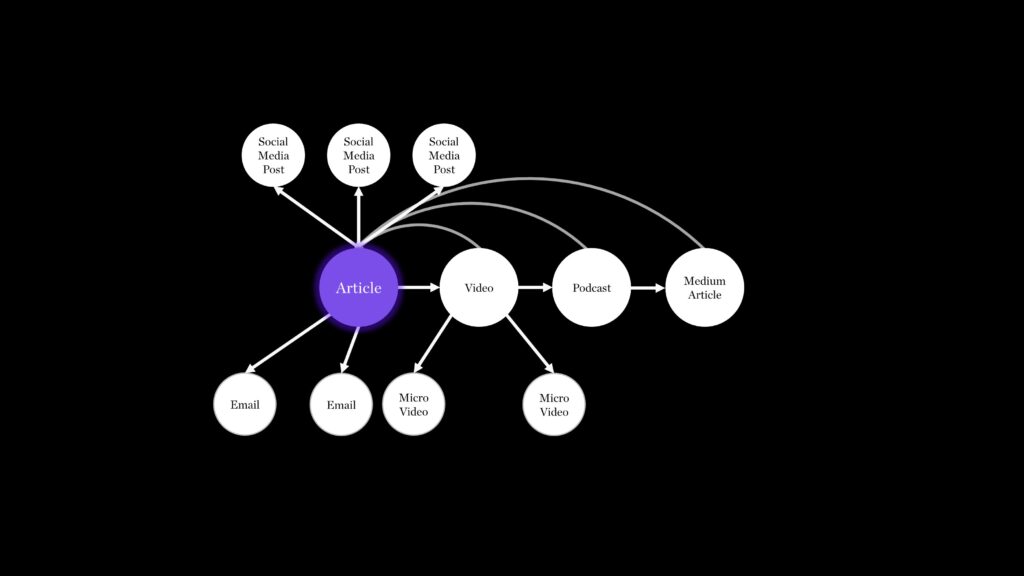
Imagine having one content format, for example, a blog post. Then you can convert that article into a video. From that video, you can create multiple pieces of content, and you can use the audio from that video to create a podcast.
But all of this you should take into consideration after you’ve built up some momentum with one single content format.
Pros and cons of different content formats
To help you decide what content format to choose, I will list the pros and cons of each content format below.
Long-form videos
| Pros | Cons |
|---|---|
| Easy to record | Editing is time consuming |
| Great for sharing knowledge | Not for everyone |
| Can be used as a tool to build trust | May require additional equipment |
Short-form videos
| Pros | Cons |
|---|---|
| Good for sharing quick tips | A lot of people already create them |
| Can be shared easily | They may not be as effective as long-form videos |
| Potential for viral growth | You need to be very creative to “hook” audience in first few seconds of the video |
Podcasts
| Pros | Cons |
|---|---|
| Great for building authority | It’s not visual |
| Can be used to drive traffic back to website | Audience needs to listen attentively |
| Can be used to generate leads | Slower growth potential compared to videos |
Long-form text (Articles)
| Pros | Cons |
|---|---|
| Accumulative growth potential | Requires writing and editing skills |
| No equipment needed (just laptop and internet connection) | Takes time to write great piece of content |
| Can be used to build trust | May not be suitable for every topic |
Short-form text (social media posts)
| Pros | Cons |
|---|---|
| Fast to create | May not be appropriate for every topic |
| Easy to share | There’s a lot of other social media posts |
| Can have a potential for viral post growth | At start, may not get much traction |
To summarize:
- Long-form Video – Best for creating trust, knowledge sharing, and driving traffic back to website.
- Short-form Video – Fast to create, easy to share, and potential for viral growth.
- Podcast – Best for building authority, slowest to grow and requires listening attention.
- Long-form text – Best for accumulating growth over time, no equipment required, ideal for search engines, and great for educational content.
- Short-form text – Fast to create, easier to share, but may not be appropriate for every topics.
Just remember, start with only one content format.
All social channels have their pros and cons, but the main thing is to find out which content format works best for you and your audience.
Understand Your Time Limits

When deciding what kind of content to create, you need to know how much time it will take you to create each piece of content.
For example, if you want to create mini-documentaries, you must be honest with yourself about how much time it takes to create them.
If you don’t have the time to create them, then don’t do them or do them in a different format. Maybe you could create a series of podcasts instead.
Most social media content looks so easy to create, but when you see some popular content creator posting high-quality content, you should be aware that there’s probably an entire content team behind those posts.
Take a moment to objectively see how much time it takes you to create each piece.
After you know that, see how much time you are willing to spend on each piece.
If you think that creating videos is easy, you also need to take into consideration video editing. If you want to write articles, you’ll need to do keyword research, write, edit the text, proofread it, and maybe hire someone to help you out with SEO.
Every step along the way requires time. So, before you decide what type of content to create, ask yourself how much time you’re willing to invest in each piece.
Be Aware Of the Costs Involved

Most of the content can be done without any costs involved. However, some types of content require additional expenses.
For example, creating long-form videos usually involves buying software to edit videos faster. You might also need to buy microphones, lights, and other equipment to make the videos look professional.
The same goes for podcasting. You will need to purchase a microphone and other equipment to record professional-quality audio.
On the other hand, if you want to hire a video editor, content writer, content researcher, audio editor, etc., you’ll need to pay them accordingly.
It’s important to keep in mind that most of these services cost money. But, they’re worth it because they will increase the quality of your content.
You need to be aware of the costs, but also don’t let that stop you from creating content because almost all of the content creation tools mentioned above have free alternatives.
You want to create videos? Use your phone. You want to edit those videos? Use free video editing tools like Kapwing.
You want to record a podcast? Use your phone. You want to polish audio for free? Use Audacity.
For every type of content, you can use free options.
Don’t let the fact that you have to pay for something deter you from creating content, but when you are ready to level-up your content game, consider investing in paid tools or hiring professionals to do it for you.
Analyze Results and Replicate What Works

The entire content creation process comes down to results. You need to analyze what works and what doesn’t work.
You need to understand why people like certain types of content over others. This is where analytics come in handy. You can use social media analytics or Google Analytics depending on what platform you use.
You might think some piece of content will explode, but then the reality hits…
Most of the content is pretty average, but you will find some golden nuggets.
That’s where you need to double down.
Your customer feedback is important, but getting feedback from the entire market is even better.
Constantly putting out content will help us to find more signals and more understanding of what content types work best.
Then you can create relevant content based on the most popular and proven formats.
Imagine how amazing it would be to have an understanding of what content works best and what doesn’t and then organize your content calendar only around these winning ideas.
That would lead you to decide what content to create without wasting any time.
Conclusion
If you follow all of this advice, you’ll not have a problem deciding what content to create.
The only thing that could stop you is overthinking and not taking any action.
Your business goals might depend on you creating content, so the longer you procrastinate, the harder it will become. Go for it!


